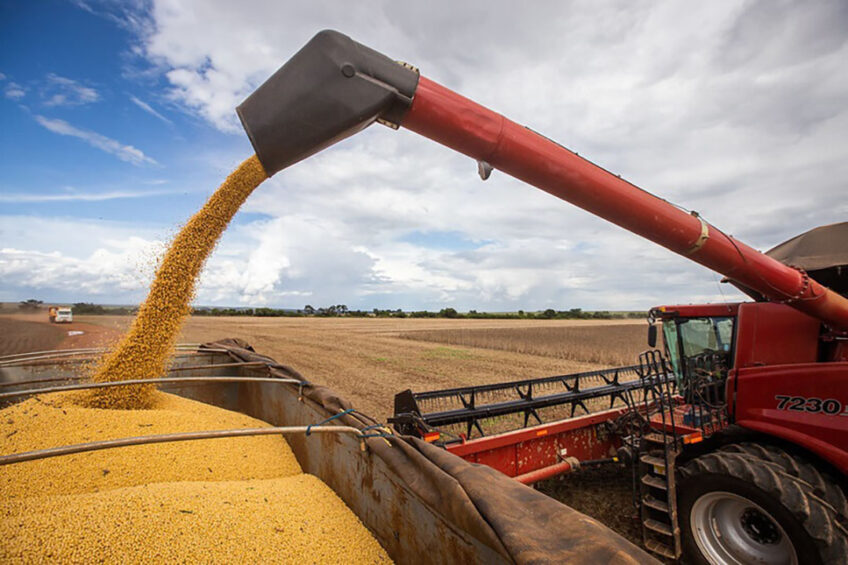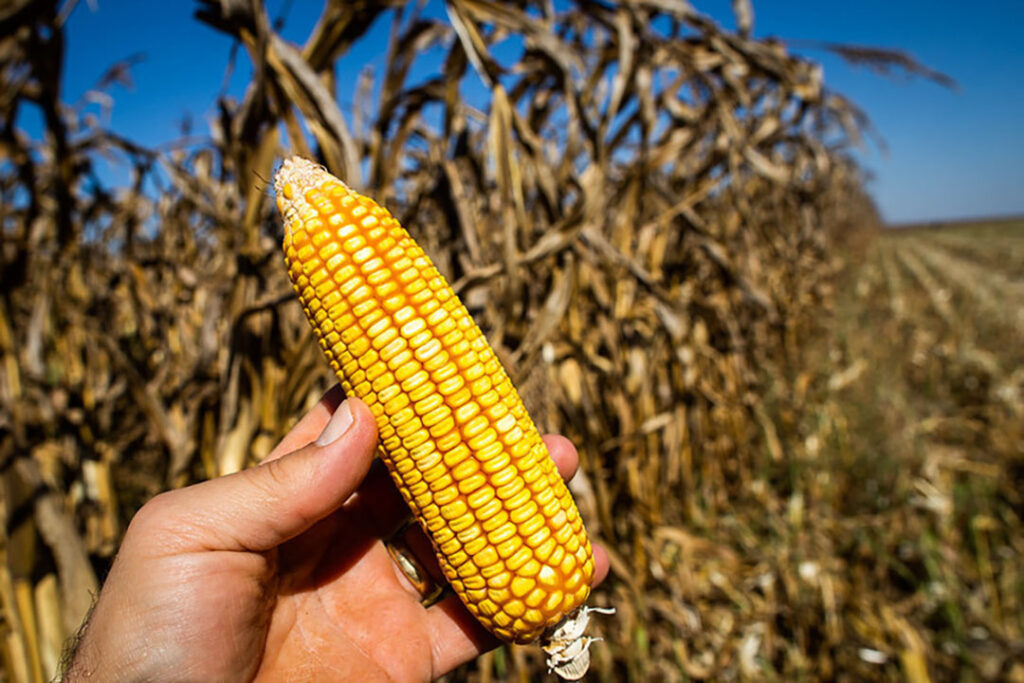Brazil cuts harvest forecast to 306 million tons

Ministry previews the reduction may reach 13.5 million tons compared to last season.
Last week, the National Supply Company (Conab) reduced its forecast for Brazilian grain production to 306.4 million tons in the 2023/2024 season.
Linked to the Ministry of Agriculture and Livestock (Mapa), the agency lowered its estimate for the Brazilian harvest for the third time in a row. If confirmed, the volume represents a drop of 13.5 million tons compared to that obtained in 2022/23.

Unstable weather conditions
The reduction is caused, according to the municipality, by unstable weather conditions, with scarce and poorly distributed rain combined with high temperatures in the central region of the country, in addition to heavy rainfall in the southern region.
Conab states that there are still many uncertainties about the season. “The current harvest has the characteristic of being one of the most complex for estimating area, productivity, and production in recent times,” ponders the superintendent of Agricultural Information at Conab, Aroldo Antonio de Oliveira Neto.
For example, the website Agrofy News presented producers telling about their losses on large areas of grains during the last months.
Soy: 4.2% drop
The main crop grown in the country, soybeans is expected to produce 155.3 million tons. The result represents a 4.2% drop in expectations since the first projections pointed to a harvest of 162 million tons.
Poorly distributed rain and high temperatures had a negative influence on both planting and crop development, explains Conab.
“Climatic conditions were also decisive for some producers to migrate to other crops, contributing to the reduction of the area compared to the survey published in December,” says the municipality.
Corn: 10.9% drop
In the case of corn, total production is estimated at 117.6 million tons, a reduction of 10.9% compared to the previous cycle.
The drop is a reflection of a smaller planted area and a worsening in expected crop yields, according to Conab.
The first cereal harvest, which represents 20.7% of production, has been experiencing adverse situations such as high rainfall in the Southern states, and low rainfall accompanied by high temperatures in the Central-West.
According to the Conab bulletin, for the second grain harvest, in addition to evaluating costs, producers’ decisions depend on climatic factors, availability of a window for planting, and market prices.

Wheat
With the harvest over, wheat records a production of 8.1 million tons.
According to Conab, until the beginning of the reproductive phase, weather conditions had been benefiting the crop, with prospects of a record harvest similar to that of 2022.
“But from September onwards, a period of excessive rain began and persisted until harvest, a situation that caused losses in productivity”, he says.
Exports
The reduction in the soybean production estimate pointed out by the Conab Bulletin, should also imply a lower export of the oilseed grain this year. Even so, the country will remain the world’s largest exporter of soybeans.
Furthermore, the National Energy Policy Council (CNPE) approved the increase in biodiesel to diesel, from 12% to 14%, which indicates that there will be an increase in domestic demand for soybean oil.
The productive recovery and the lower supply from important exporting countries will possibly result in an increase to 2 million tons in the volume exported by Brazil.
The imported volume is projected to remain at 1.5 million, due to the need to restore national supply. Stocks should remain close to stability, estimated at 1.7 million tons.
The estimated lower corn production for the 2023/24 harvest, added to the greater supply available on the international market, is expected to reduce the volume of Brazilian exports of grain in 2024.
Still, according to Conab, Brazil should continue to be the largest corn exporter in the world.
As for wheat, despite having harvested a little more than 8 million tons, due to climate problems there was a qualitative loss and it will be necessary to import more wheat with bakeable PH, resulting in an adjustment in the number of imports, going from 6 million to 6.2 million tons.
With the changes, it is estimated that the 2023/24 wheat harvest will end with a carryover stock of 393.6 thousand tons.







